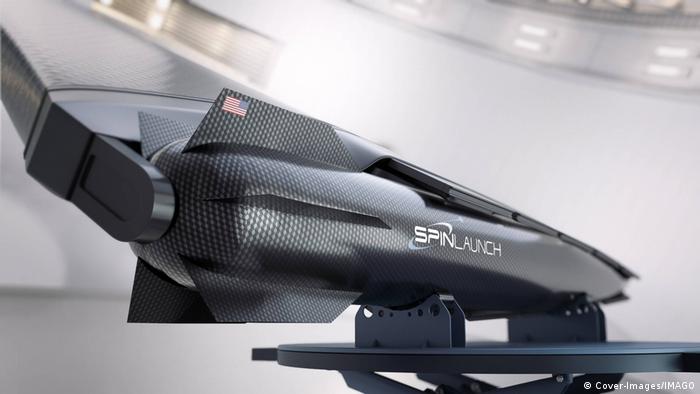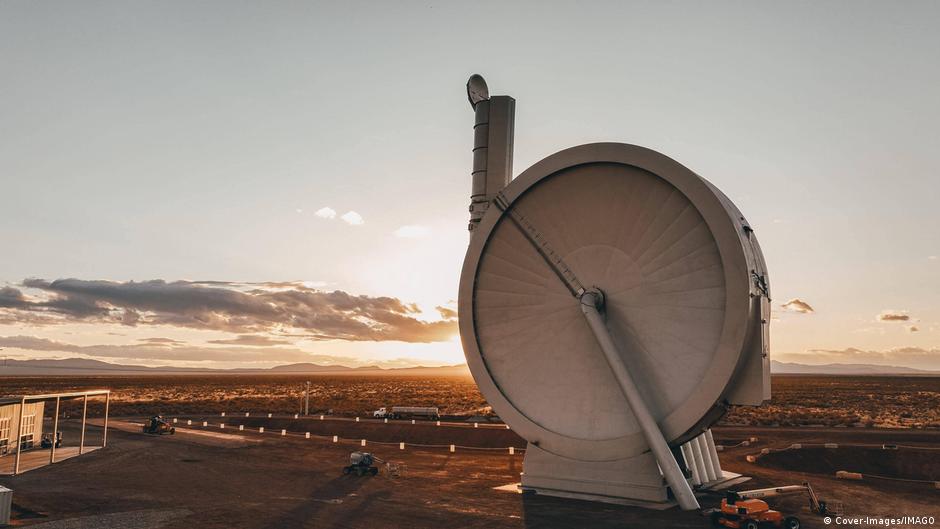The SpinLaunch company aims to be a viable alternative to traditional rocket launches using a machine powered by kinetic energy.
SpinLaunch, a California-based start-up, has developed a high-speed spinning machine – resembling a gigantic astronomical gun – capable of launching small satellites into near-Earth space. Now, it has made its tenth successful test launch in less than a year.
The idea behind the innovative technology is to be able to greatly reduce the costs and fuel required for traditional rocket launches, using, if only in part, the new machine, which is powered by kinetic energy.
SpinLaunch: suborbital acceleration system
In its latest test, which took place on September 27 at Spaceport America, a private space launch complex located in the western state of New Mexico, the American company launched, with its suborbital acceleration system, for the first time a payload of NASA – as well as Airbus, Cornell University and the satellite shipping company Outpost – to the sky before recovering it and inspecting its contents to see how it behaved after spinning in its suborbital accelerator at speeds of up to 10,000 g and 8,000 km/h. h.
Specifically, its main objective was to test whether the sensitive scientific equipment on board could survive the intense G-force of the suborbital accelerator. The company said all tested payloads “were successfully flown and recovered.”
The NASA payload, which was designed to capture critical flight data, featured a gyroscope, a magnetometer, two accelerometers, and temperature and humidity sensors.
According to VoA, NASA signed an agreement with SpinLaunch earlier this year to develop and test launch a payload using the company’s system. The agreement was signed under NASA’s Flight Opportunities Program. This program offers private companies the opportunity to collaborate with NASA to test new technologies that the space agency could use in its future space operations.
Massive reduction of rocket launch infrastructure
SpinLaunch’s first flight test took place last November, and the company’s kinetic launch system has been in development since 2015. The company’s 33-meter-diameter suborbital mass accelerator is a prototype of its eventual launch system. full-size 100-meter orbiter, which it hopes to have ready for operational launches in 2026.

More than 150 visitors watched as the accelerator, resembling a gigantic gun pointed at the sky, fired its space bullet into the air.
The large-scale orbital accelerator could launch small constellations of satellites into low Earth orbit, the region below the altitude of 1,000 kilometers.
The private space company maintains that its method will be much cheaper, since it eliminates 70% of the fuel and infrastructure requirements of a traditional rocket launch. It’s also more environmentally friendly, using only a small rocket motor for final orbital insertion.
